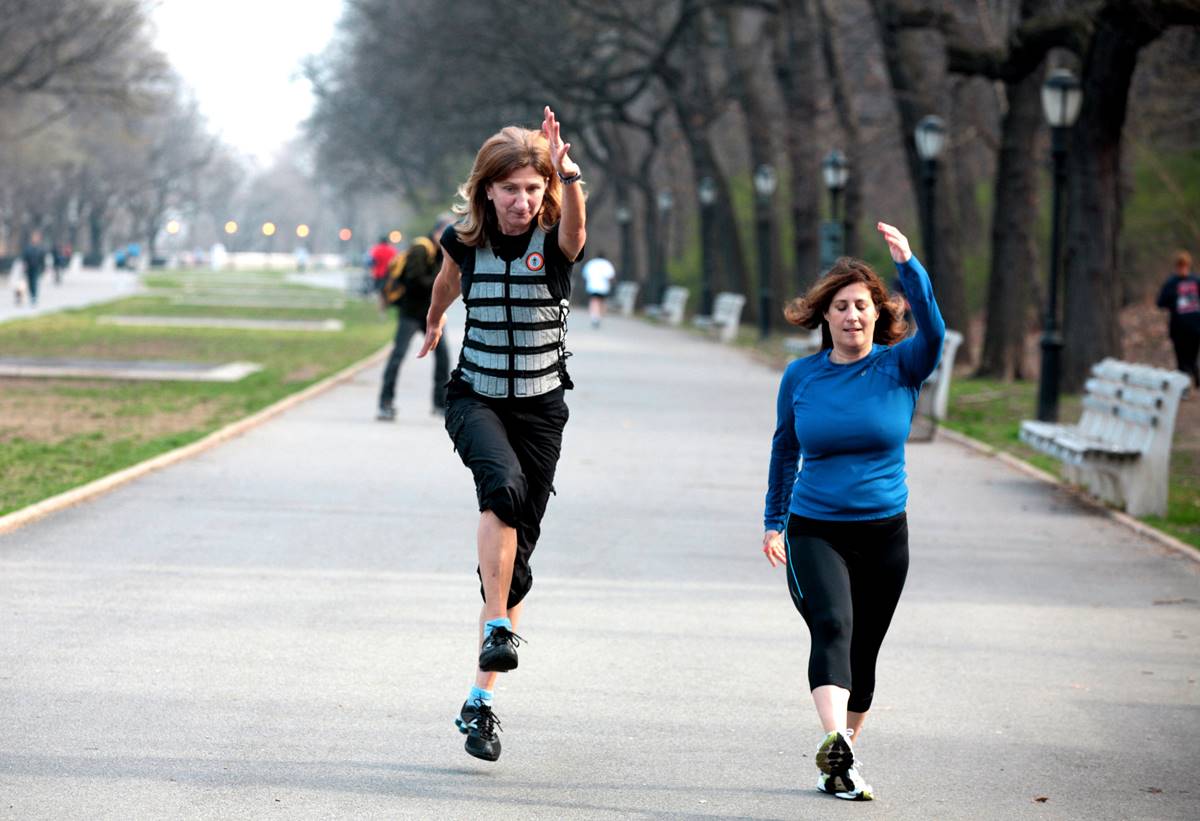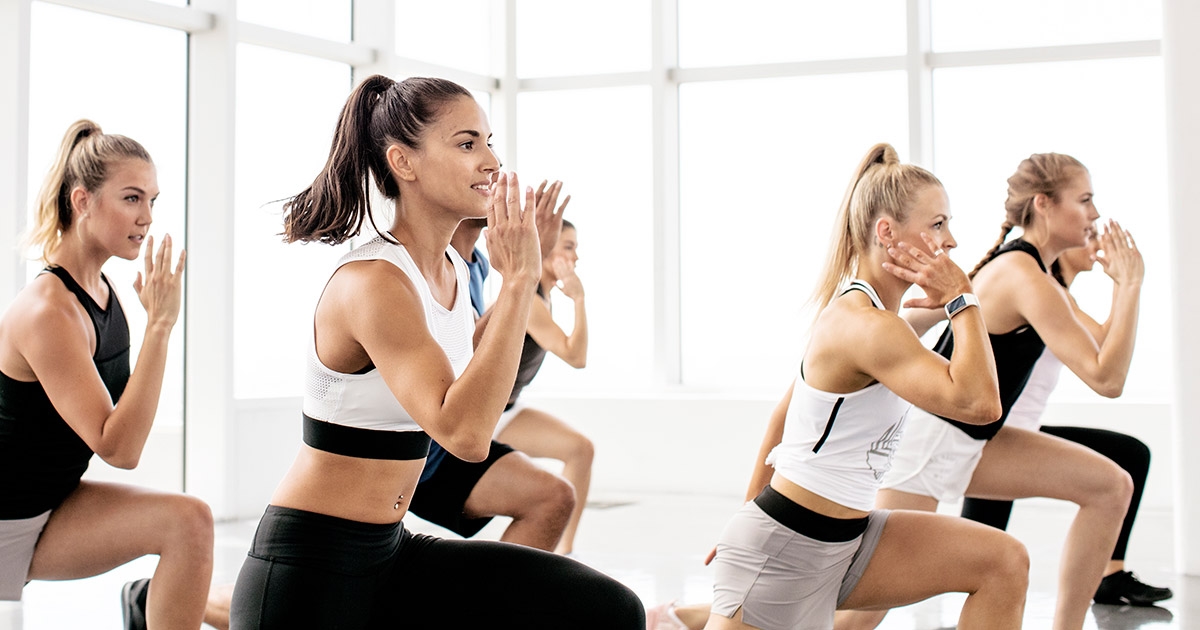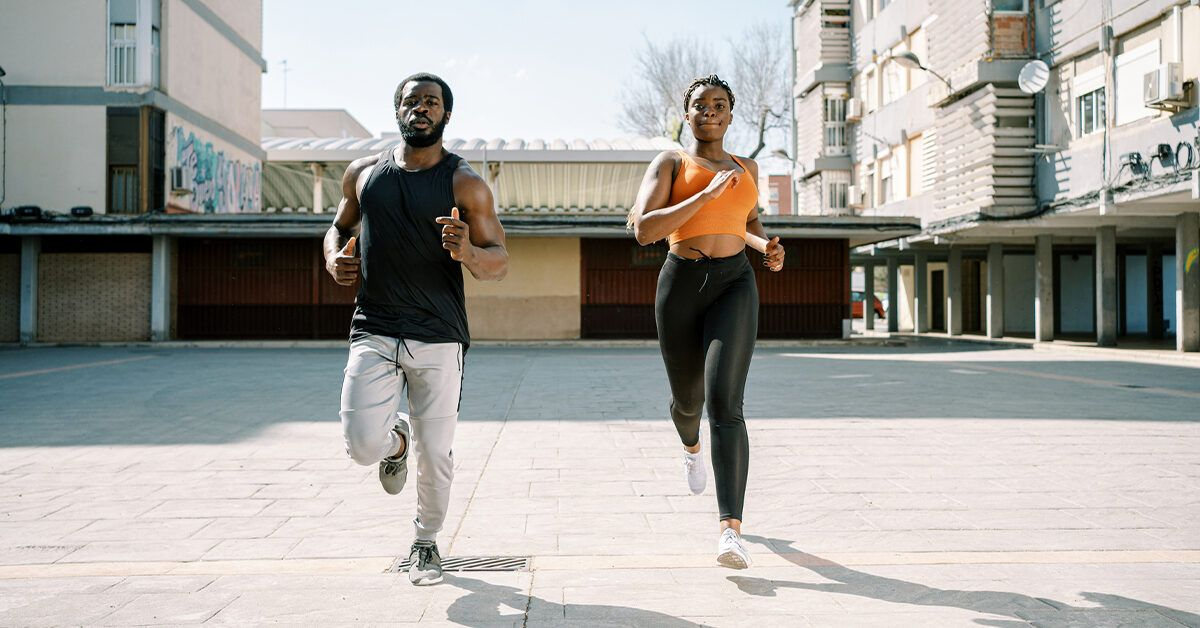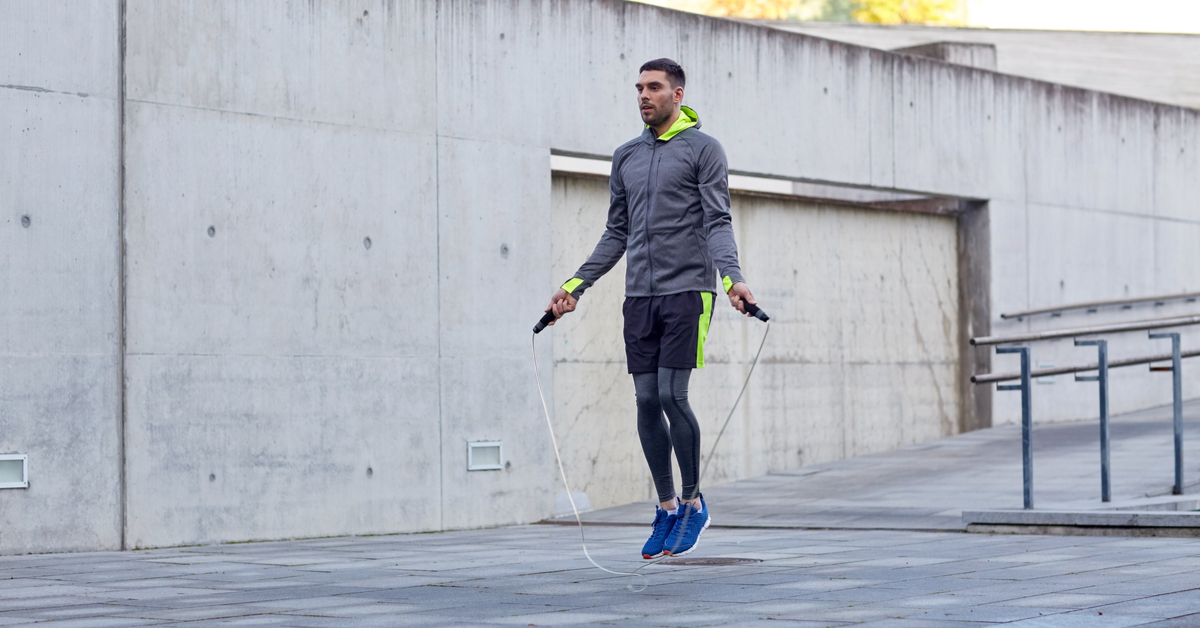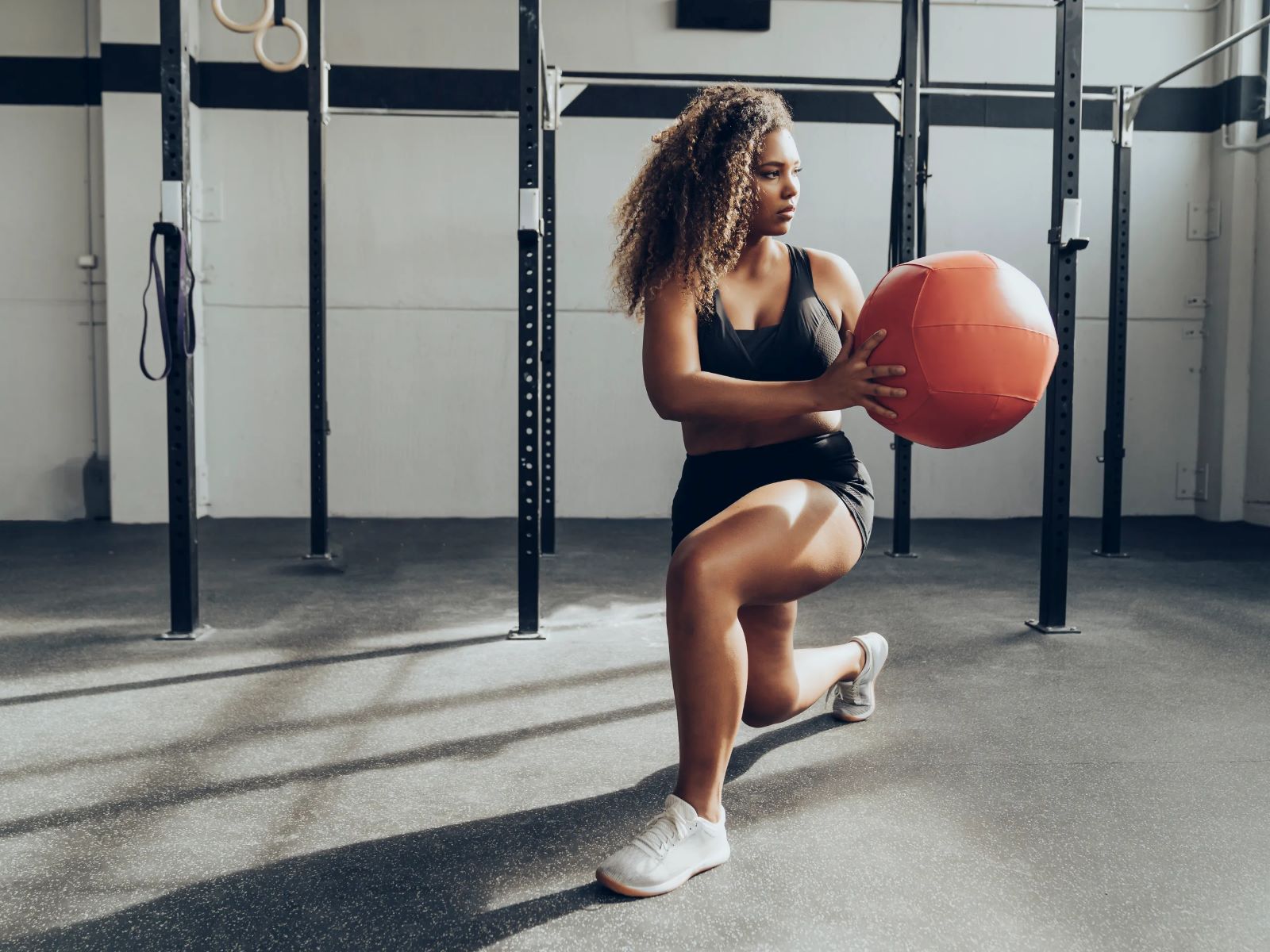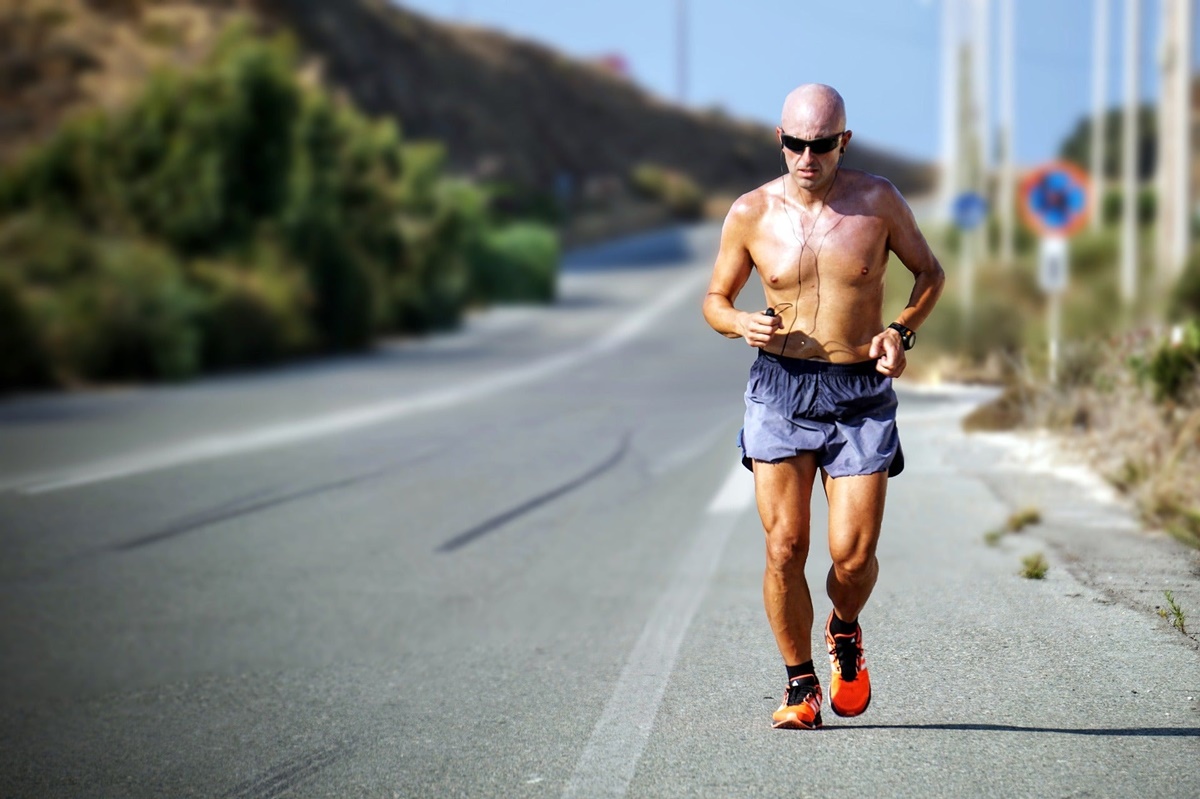

Featured
What Percentage Of Americans Exercise
Published: September 30, 2023
Discover the featured percentage of Americans who exercise regularly. Stay informed on the latest fitness trends and get motivated to prioritize your health and wellbeing.
Introduction
Exercise is a crucial aspect of a healthy lifestyle, providing numerous physical and mental benefits. With the growing awareness of the importance of fitness, many individuals across the United States are incorporating exercise into their daily routines. But just how many Americans actually engage in regular physical activity?
In this article, we will explore the percentage of Americans who exercise and delve into the different factors that influence participation in physical activities. By understanding these trends, we can gain insight into the state of fitness in the country and the impact of exercise on overall well-being.
To determine the percentage of Americans who exercise, extensive research was conducted using a combination of surveys, studies, and data analyses. This information offers valuable insights into the habits and behaviors of individuals when it comes to physical fitness.
By examining the statistics, we can identify any potential gaps or areas for improvement in promoting a more active lifestyle. Additionally, we will discuss the benefits of exercise, the barriers that prevent people from engaging in physical activity, and strategies to encourage more Americans to adopt regular exercise habits.
Understanding the percentage of Americans who engage in exercise is vital for identifying the overall health and wellness of the population. It helps health organizations, policymakers, and individuals themselves to develop effective strategies and interventions to promote physical activity and reduce sedentary lifestyles.
So, let’s dive into the data and discover the percentage of Americans who prioritize exercise in their lives.
Methodology
The determination of the percentage of Americans who exercise involved a multi-faceted approach, combining data from various sources to provide a comprehensive overview. Here’s a breakdown of the methodology:
- Surveys: A variety of national and regional surveys were conducted to collect self-reported data on exercise habits. These surveys included questions about the frequency, duration, and types of physical activities individuals engaged in.
- Data Analysis: Researchers analyzed existing datasets, such as the National Health and Nutrition Examination Survey (NHANES) and the Behavioral Risk Factor Surveillance System (BRFSS), to extract information regarding exercise participation.
- Research Studies: Academic studies exploring exercise patterns and trends among specific demographics, like age groups or geographical regions, were reviewed to gain deeper insights into exercise habits.
- Expert Opinions: Interviews with health and fitness experts provided valuable perspectives and additional information on exercise behaviors and factors influencing participation.
By combining the findings from these different methods, a comprehensive overview of exercise participation among Americans was obtained. The data was analyzed to identify patterns and trends, allowing for a more accurate estimation of the percentage of Americans who engage in regular physical activity.
It is important to note that self-reported data from surveys can have limitations, as individuals may overestimate or underestimate their exercise habits. However, efforts were made to account for potential biases in the analysis and interpretation of the data.
The methodology applied in this research provides valuable insights into exercise habits among Americans and serves as a foundation for understanding the state of physical activity in the country.
Results
The results of the research on exercise participation among Americans reveal interesting trends and provide valuable insights into the state of physical activity in the country. Here are some key findings:
- The percentage of Americans who engage in regular exercise varies across different age groups. According to the most recent data, adults aged 18-64 are more likely to exercise compared to older individuals.
- Gender also plays a role in exercise participation. Historically, men have been found to be more active than women. However, recent studies suggest that the gender gap is gradually closing, with more women now participating in regular physical activity.
- Geographical location is another factor influencing exercise habits. Certain regions, such as the West Coast and Northeast, have higher rates of exercise compared to other parts of the country. This can be attributed to various factors, including access to fitness facilities, outdoor recreation opportunities, and cultural norms.
- Socioeconomic status is strongly linked to exercise participation. Individuals with higher income levels and education tend to exercise more frequently. This may be because they have greater access to fitness resources, such as gyms, personal trainers, and organized sports clubs.
- The type of exercise also varies among Americans. While some prefer traditional gym workouts or jogging, others find enjoyment and fitness through activities like cycling, swimming, dance, or team sports.
- Barriers to exercise were identified through the research, with lack of time being one of the most commonly reported reasons. Other barriers include cost, lack of motivation, transportation issues, and health conditions.
Overall, the results indicate that while a significant portion of Americans incorporate exercise into their lives, there is room for improvement. Identifying the demographic and regional disparities, as well as the barriers to exercise, provides a foundation for promoting increased physical activity across the country.
By understanding these results, health organizations, policymakers, and individuals can implement targeted strategies to encourage exercise, improve access to fitness resources, and address the barriers preventing people from engaging in regular physical activity.
Discussion
The findings of the research on exercise participation among Americans prompt several important discussions and considerations. Let’s delve into some key points:
Firstly, the differences in exercise habits across age groups highlight the need for targeted interventions. While young adults tend to be more active, older individuals may face challenges in maintaining a consistent exercise routine. It is crucial to develop age-appropriate programs and resources to encourage physical activity among all age groups.
The narrowing gender gap in exercise participation is a positive development. However, efforts should continue to address any remaining disparities and ensure that women have equal access to opportunities for physical fitness.
The regional variations in exercise rates suggest that environmental factors, such as access to fitness facilities and outdoor spaces, play a significant role. It is important to promote the creation of more accessible, safe, and convenient exercise options in underserved areas.
Socioeconomic disparities in exercise highlight the need for interventions that address affordability and accessibility barriers. Programs that provide subsidized fitness memberships or community-based initiatives can help bridge this gap and promote physical activity among lower-income individuals.
The variety of exercise preferences among Americans highlights the importance of offering diverse options for physical activity. By providing a range of choices and promoting activities that cater to different interests and abilities, we can encourage more people to engage in regular exercise.
Identifying common barriers to exercise, such as lack of time or motivation, allows for targeted strategies to address these obstacles. Offering flexible exercise options, providing education on the benefits of physical activity, and creating supportive social networks can help individuals overcome these barriers and make exercise a regular part of their lives.
It is worth noting that the research findings provide a snapshot of exercise participation at a specific point in time. Continued monitoring and research are essential to track trends and evaluate the effectiveness of interventions over time.
Overall, the discussions arising from the research emphasize the importance of promoting a culture of exercise, addressing barriers, and providing inclusive opportunities for all Americans to engage in regular physical activity. By doing so, we can improve the overall health and well-being of the population.
Conclusion
The research on exercise participation among Americans reveals valuable insights into the state of physical activity in the country. While a significant percentage of Americans engage in regular exercise, there are variations across different age groups, gender, geographic locations, and socioeconomic status.
Targeted interventions and programs are needed to promote physical activity among all age groups, address any remaining gender disparities, and improve access to exercise resources in underserved areas. Efforts to bridge socioeconomic gaps and provide affordable and convenient exercise options are also crucial in promoting a more active lifestyle for all.
Offering a diverse range of exercise options and addressing common barriers, such as lack of time or motivation, can further encourage participation and make exercise more accessible to a wider population. Continued monitoring and research are essential in tracking trends, evaluating interventions, and refining strategies to ensure long-term progress in promoting physical activity.
Overall, understanding the percentage of Americans who prioritize exercise and identifying the factors influencing participation provide a foundation for fostering a culture of fitness and improving the overall health and well-being of the population. By promoting regular physical activity, we can enhance individual health outcomes, reduce the risk of chronic diseases, and create a healthier and more active society.
